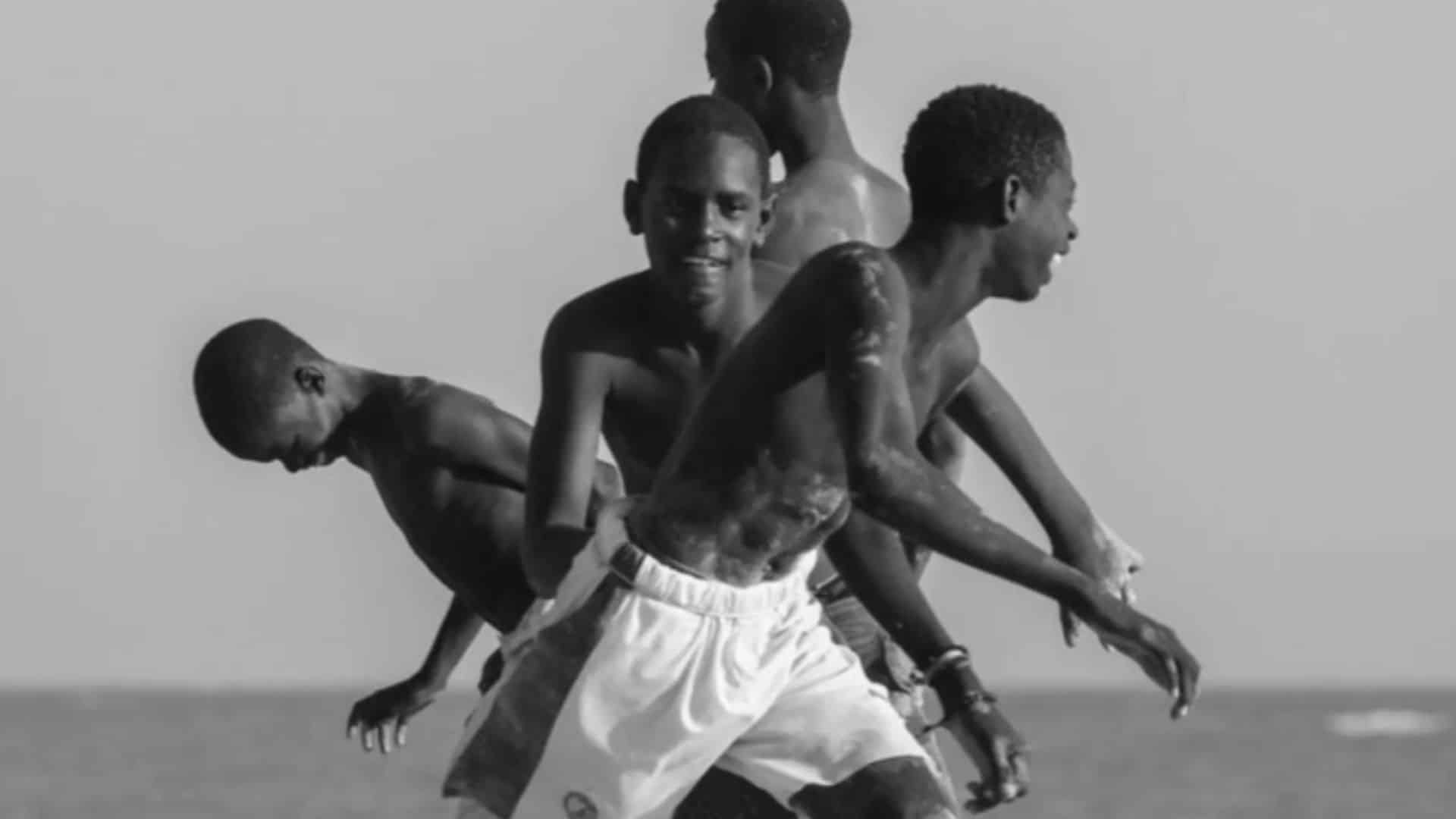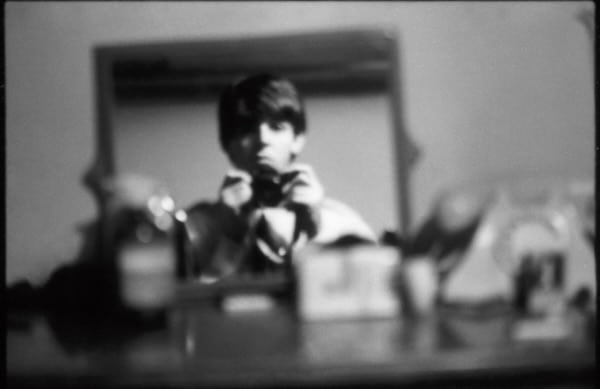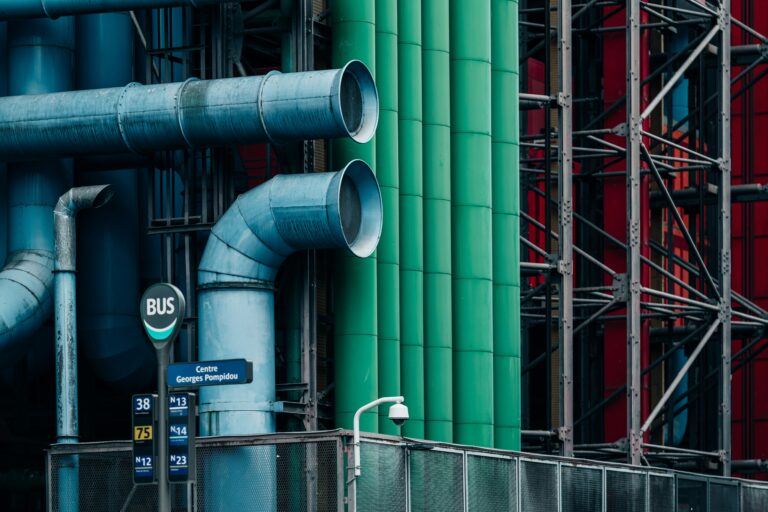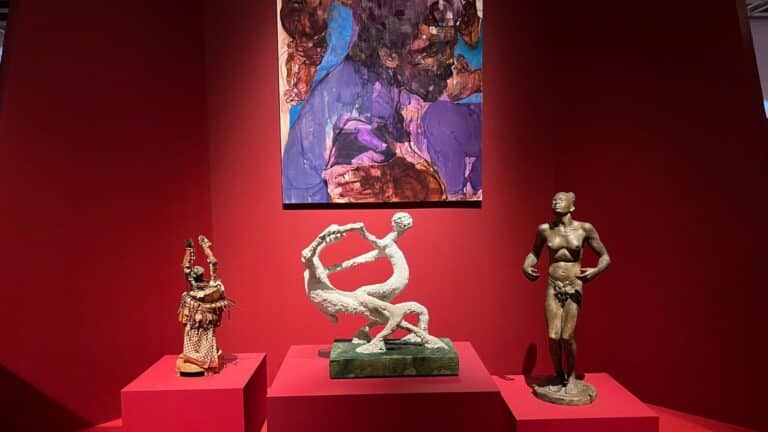In celebration of its bicentennial, the Brooklyn Museum has unveiled 200 Years of Brooklyn Art, an exhibition running from October 4 through January 26, 2025. This dynamic show pays tribute to the borough’s rich artistic heritage and vibrant creative communities, bringing together the work of 200 Brooklyn-based artists. From painters and sculptors to photographers, filmmakers, and performers, the exhibition is not merely a retrospective but a living, breathing testament to the pulse of a borough that has long been a canvas for creativity, cultural exchange, and transformation.
The show is an ambitious endeavor, both in scale and in its curatorial approach. I first heard about it in a public open call announcement from the museum that invited artists of varied backgrounds, experiences, and nationalities to submit their work. Nearly 4,000 applications poured in, with a final selection made by a committee of artist-curators, including Jeffrey Gibson, Vik Muniz, Mickalene Thomas, and Fred Tomaselli. What emerges is not only a joint tribute to the borough’s rich artistic heritage expressed by artists who have, in one way or another, made Brooklyn their home but a cross-section of humanity itself, captured in all its contradictions, complexities, and beauty. The intimate works speak to the questions we all ask: Where do we come from? What do we leave behind? What does it mean to belong?
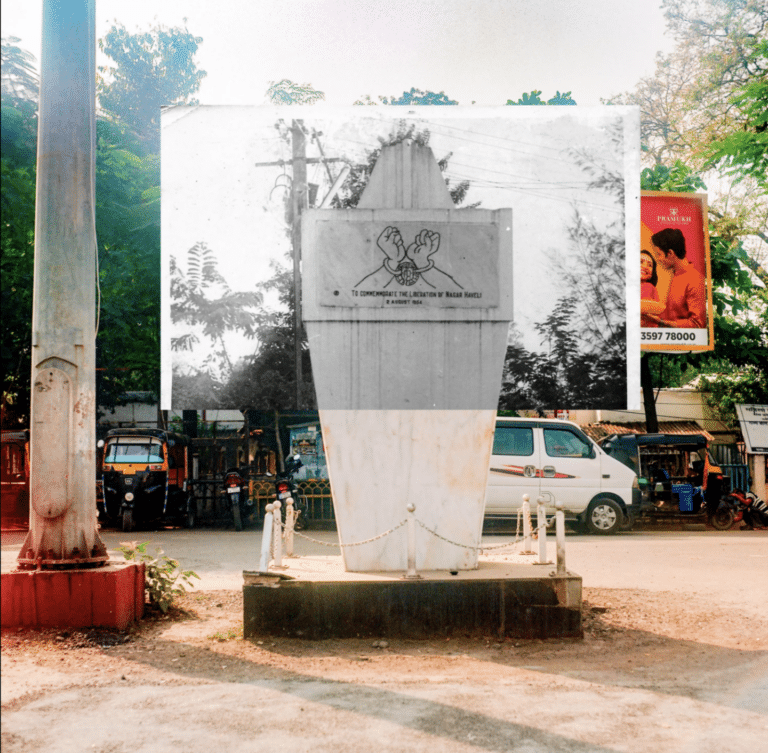
A focus on family and foundations
Through portraits of family members, relics of a distant home, and objects that evoke both nostalgia and longing, the exhibition reveals how deeply our lives are shaped by the things and people we hold close. Kadine Anckle’s Witches Do is a poignant exploration of the fractured bond between daughter and father, rendered with both catharsis and grace. It speaks to the tenderness and pain of relationships that refuse to be easily untangled. In contrast, Prajwal Godse’s Full Circle is a visual love letter to his grandfather, a photographer whose images of Silvassa, India, captured the essence of a place. Recreating those images with the same camera, Godse intertwines his own artistic journey with that of his forebearer, offering a meditation on time, legacy, and the continuity of memory.
In these works, the feeling of displacement, of migration, of reinvention, of witnessing changes take place both within you and around you runs deep. Many of the artists featured in the exhibition carry the stories of those who have crossed borders, left behind old lives, and found new meaning in the textures of Brooklyn. Objects once ordinary—a plant, a book, a driver’s license—take on profound significance as markers of the human need to root oneself in an increasingly ephemeral world. These small, intimate tokens become anchors in an otherwise uncertain landscape, connecting us to ourselves and to each other
For example, Prajwal Godse’s landscape photography embody the weight of his childhood in Silvassa, where the forest was both a physical and metaphorical space of belonging. His work speaks of a yearning for place and an enduring connection to the land, even as he navigates the complexities of a life lived between two worlds. Godse’s photographs are not just images; they are acts of remembrance, threads that pull his past into his present.
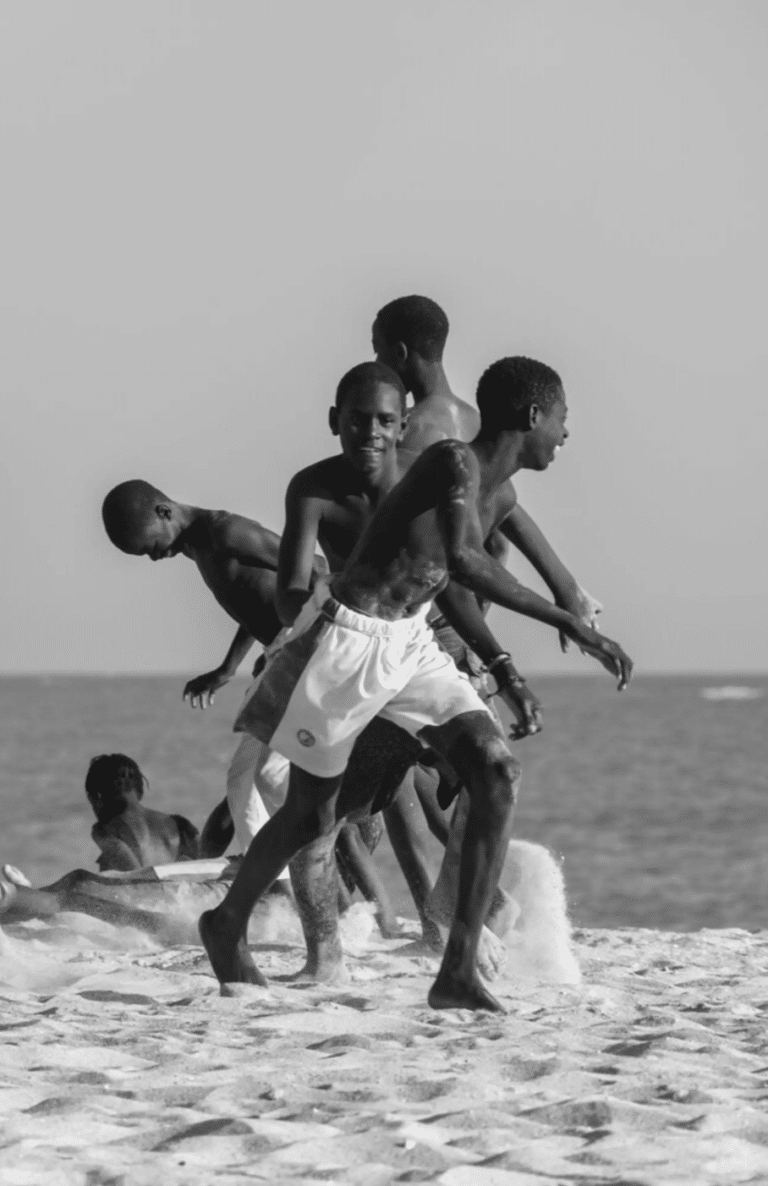
Individual and inclusive identities
Yet, 200 Years of Brooklyn Art is not only an exploration of the personal. It is a powerful political statement, a testament to art’s capacity to confront, challenge, and transform. Works like France François’s Free Senegal are stark, vivid portrayals of struggle and resilience, defiance and resolution. François’s image of Senegalese youth washing tear gas from their skin on a beach speaks to the scars of protest, to the inescapable realities of a world and the strength of defiance. It paints such gestures as acts of reclaiming one’s body, one’s dignity, even in the face of suffocating oppression.
As we walk through the galleries, we are invited not only to witness Brooklyn’s creative past, but to engage with its present: a place where art is as much about self-expression as it is about building community. Through the voices of these 200 artists, we are reminded of the power of art to transcend borders, to speak across cultures, and to connect us to something greater than ourselves. As artists navigate their histories and identities, they also grapple with the world around them, their own journeys mapped out through their art as spaces for healing and protest.
I noticed while editing my notes on the show, and as exemplified by works described in this article, that I was particularly impacted by the photographs. While this could simply be tied to my own interest in the medium, ones shaped by personal research and other influences, I feel it also speaks to core themes threaded throughout the expansive array of works but made most evident through the elucidating materiality of the photograph.
Whether it was the quiet intimacy of family portraits or the raw emotion captured in protest scenes, these photographs seem to offer an intimate window into not just the lives of those in front of the lens but into the minds and histories of those behind it. For me, this layered significance, this endless conversing between personal history, collective experience, and everything in between, lies at the heart of this monumental project.
